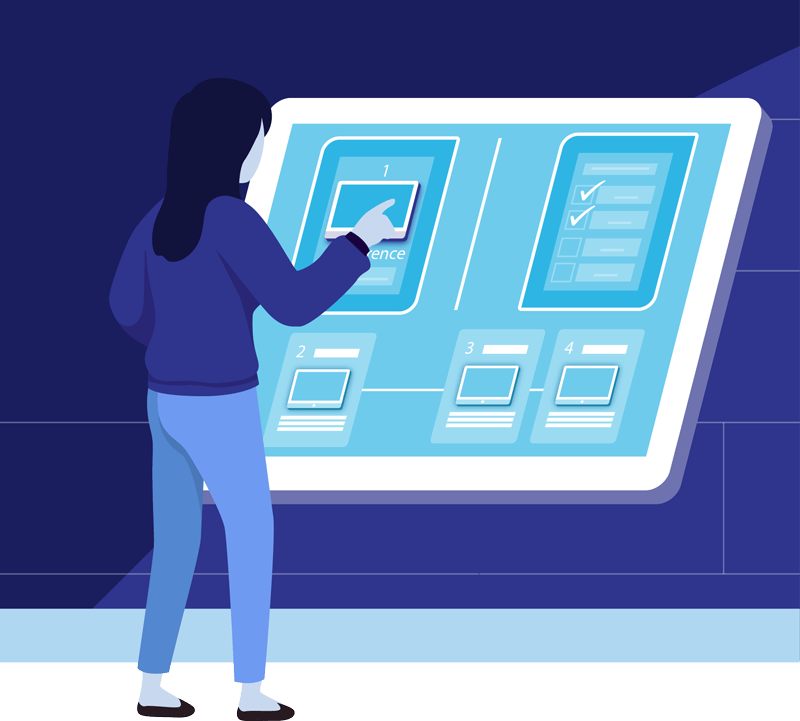Internet of Things
The Internet of Things (IoT) is a rapidly growing technology that is connecting everyday devices to the Internet, allowing them to communicate and share data through the use of embedded sensors, actuators, and other equipment capable of collecting or transmitting information about those objects. IoT offers automated mechanisms for collecting massive amounts of unstructured data from an unlimited number of devices, and pushing that into data crunching Hadoop clusters or other big data platforms for in-depth analysis, with the objective of extracting actionable insights.
Things in IoT can refer to any object, natural or man-made, to which an IP address can be assigned and enabled to transfer data over a network. It can for example be a patient implanted with a heart monitor, an animal equipped with a biochip transponder, an automobile with built-in sensors that alert the driver about low tyre pressure or a million other things.
IoT evolved from the convergence of wireless technologies, micro-electromechanical systems (MEMS), micro services and the Internet. The convergence of these elements led to the breaking down of barriers between operational technologies (OT) and information technology (IT), allowing in-depth analysis of machine-generated data for eliciting information and insights that could help in improving business operations.
IoT enables organizations to use sensors to collect and analyze data from a variety of sources – manufacturing equipment, subterranean pipelines, weather stations, smart meters, delivery trucks and what have you. Retailers, restaurant chains and manufacturers of consumer products can use data from smartphones, wearable gadgets and household equipment to do targeted marketing and promotions. Prior to the emergence of IoT, this type of analysis was near to impossible.
This strategic capability that IoT brings, helps organizations achieve visibility into operational areas that they never imagined possible, enabling them to move from a gut feeling driven decision making process to one that is based on hard facts and figures. IoT enables organizations of all kinds and all sizes to create new business models and revenue streams, using open, scalable platforms that overcome traditional challenges and maximize ROI.

IoT is considered as the next Industrial Revolution because of the impact it will have on the way people live, work, entertain, and travel, as well as on how governments and businesses interact with the world. Already markets are being flooded with all types of devices capable of connecting to the networked world, from sensors in sewer pipes and home appliances, to chips in tyres and parking lots. Things are generating enormous amounts of data in a continuous stream, indicating such parameters as temperature, geolocation, pollution levels, proximity, motion and a whole lot more.
However, like most evolving technologies, IoT too will have to overcome multiple barriers to adoption. The sheer size of IoT in terms of both device numbers and data volume poses many technical challenges in areas such as power, latency, integration and storage. Maintaining reliable connectivity across a massive network of fixed, mobile, wired and wireless data sources, often with varying media types, communication protocols and capabilities, will be a major obstacle.

At Vaisesika
Vaisesika serves customers across a wide range of industries including transportation and logistics, construction, field services, utilities and energy, government, healthcare and education, manufacturing, and food and beverage. Vaisesika’s IoT services include IoT Systems Integration, IoT Data Analytics Consulting, and Full Cycle IoT Solutions (Proof-of-Concept to market-ready IoT products).
Collaborate with us for a successful outcome!
Schedule a meeting Today
